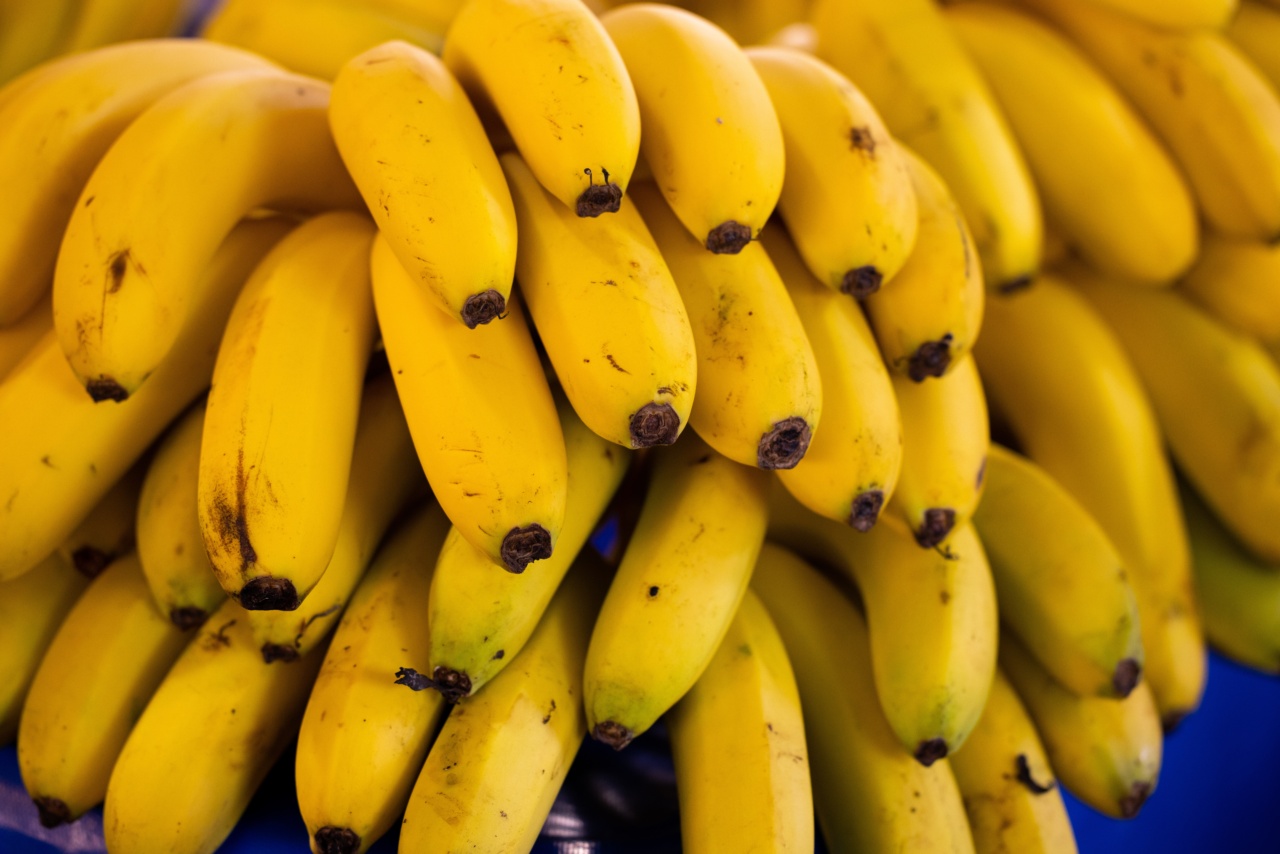When it comes to maintaining a healthy diet, getting enough potassium is essential. Potassium is a crucial mineral that helps our bodies function properly. It plays a vital role in maintaining proper fluid balance, nerve function, and muscle contractions.
However, many people often overlook the importance of potassium in their diets.
What Is Potassium?
Potassium is an important mineral that acts as an electrolyte in our bodies. It helps to regulate fluid balance, maintain healthy blood pressure levels, and support proper muscle and nerve function.
Potassium is also essential for a healthy heart and can aid in preventing various cardiovascular diseases.
1. Muscle Weakness and Cramps
One of the first signs that you may need more potassium in your diet is experiencing muscle weakness or cramps. Potassium is essential for normal muscle contraction, and low levels of this mineral can cause your muscles to become weak and easily tired.
Additionally, inadequate potassium intake can lead to muscle cramping, which can be both uncomfortable and limiting.
2. Fatigue and Weakness
Low potassium levels can also lead to feelings of fatigue and weakness throughout the day. When your potassium levels are insufficient, it can affect your body’s ability to produce and use energy efficiently.
As a result, you may find yourself feeling tired, lethargic, and lacking the energy you need to get through your daily activities.
3. High Blood Pressure
If you have high blood pressure, it may be a sign that you need to increase your potassium intake. Potassium plays a crucial role in maintaining healthy blood pressure levels. It helps counterbalance the effects of sodium, which can raise blood pressure.
Consuming an adequate amount of potassium can help relax blood vessels and promote proper blood flow, ultimately supporting healthy blood pressure levels.
4. Irregular Heartbeat
Another sign that you may need more potassium in your diet is experiencing irregular heartbeats. Potassium is vital for maintaining a regular heartbeat because it helps control the electrical impulses that coordinate your heart’s rhythm.
Low potassium levels can disrupt these electrical signals, leading to an irregular heartbeat or palpitations.
5. Numbness and Tingling Sensations
Inadequate potassium intake can also manifest as numbness and tingling sensations in the body, commonly known as “pins and needles.” Potassium helps support nerve function, and low levels of this mineral can cause disruptions in the normal functioning of the nerves. This can result in sensations of numbness, tingling, or even weakness in various parts of the body.
How to Increase Your Potassium Intake
If you identify with any of the signs mentioned above, it’s essential to take steps to increase your potassium intake. Fortunately, there are many potassium-rich foods that you can easily incorporate into your diet.
Some great sources of potassium include:.
1. Bananas: Bananas are well-known for their high potassium content. They make a quick and convenient snack option, or you can add them to smoothies and cereals.
2. Avocados: Avocados not only provide healthy fats but are also an excellent source of potassium. Enjoy them in salads, spreads, or as a topping on various dishes.
3. Spinach: Adding spinach to your diet can boost your potassium levels significantly. Whether in salads, soups, or stir-fries, spinach is a versatile and nutritious option.
4. Sweet Potatoes: Sweet potatoes are not only delicious but also a great source of potassium. Enjoy them baked, mashed, or as a side dish for a nutritious boost.
5. Oranges: Citrus fruits like oranges are not only refreshing but also high in potassium. Additionally, they provide vitamin C and other essential nutrients.
6. Yogurt: Yogurt is not only packed with probiotics for gut health but is also a good source of potassium. Opt for plain yogurt without added sugars or flavorings for maximum benefits.
7. Salmon: If you enjoy seafood, salmon is an excellent choice for increasing your potassium levels. It is also rich in omega-3 fatty acids, which offer numerous health benefits.
8. Tomatoes: Tomatoes are not only a versatile ingredient in many dishes but also contain a good amount of potassium. Enjoy them raw in salads or cooked in various recipes.
9. Beans: Beans, such as kidney beans, white beans, and black beans, are not only rich in fiber but also provide a significant amount of potassium. Incorporating them into soups, salads, or stews can help boost your potassium intake.
10. Coconut Water: If you’re looking for a refreshing beverage that is also rich in potassium, coconut water is an excellent choice. It is a natural and hydrating way to increase your potassium levels.
Conclusion
Potassium is a vital mineral that plays a crucial role in various bodily functions.
If you experience muscle weakness and cramps, fatigue and weakness, high blood pressure, irregular heartbeat, or numbness and tingling sensations, it may indicate a need for more potassium in your diet. Incorporating potassium-rich foods like bananas, avocados, spinach, sweet potatoes, oranges, yogurt, salmon, tomatoes, beans, and coconut water can help boost your potassium levels and improve your overall health and well-being.





























